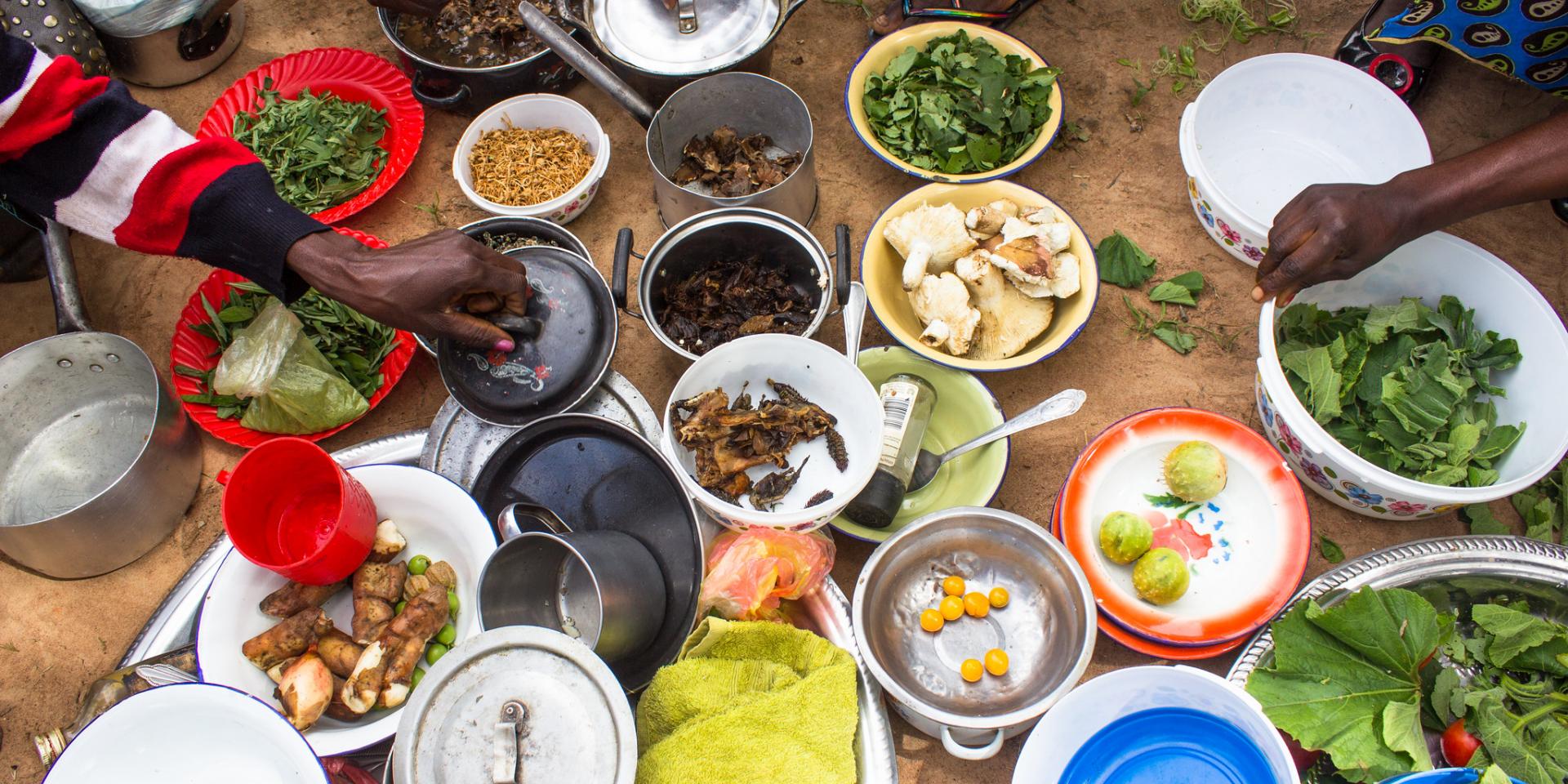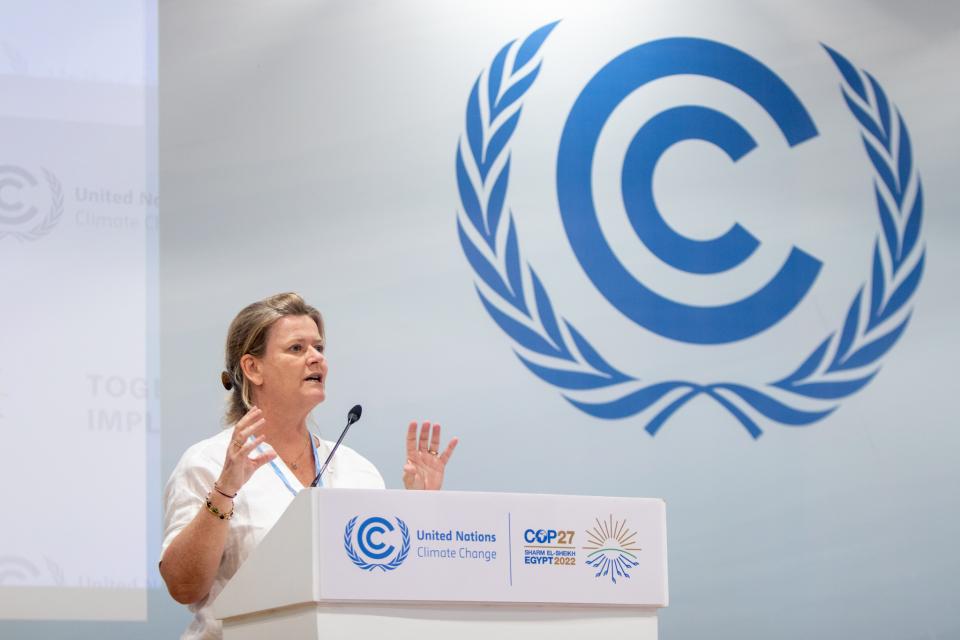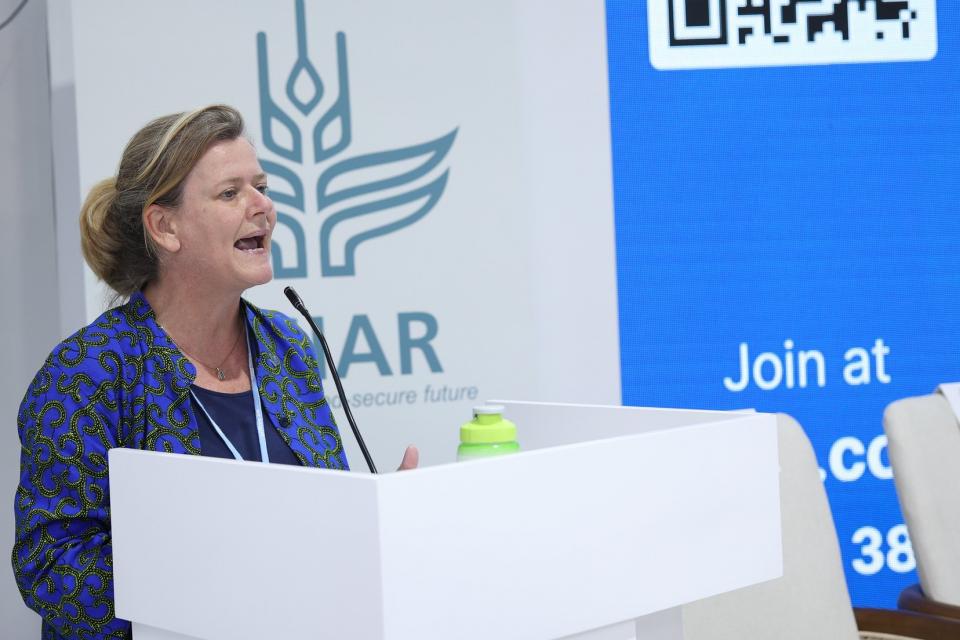Governing bodies of global food organizations are lacking in gender and geographic diversity

Photo: Joe Nkadaani/CIFOR.
Key Messages:
- More than 7 in 10 board seats (247/350) of organizations active in global food systems are held by nationals of high-income countries. This means that 70 percent of board seats represent just 16 percent of the global population.
- Only 2 percent of board seats (7/351) are occupied by women from low-income countries, revealing huge disparities in the gender and geography of positions of power in global food systems organizations.
- While organizations must be doing more to advance gender equality, there are positive shifts in the data. The proportion of women board chairs has increased - yet at just over one-third (16/45), this is still a far cry from gender parity.
As the data from the second annual Global Food 50/50 Report shows, gender and geographic diversity are severely lacking in the boards of major global food organizations, with leadership positions dominated by men from the global north. The report reveals that more than 40 percent of board seats are held by men of high-income countries and just 8 percent of board seats are held by women from low- and middle-income countries. Representation from a narrow section of the global population will not lead to policies and programs that meet the needs and interests of all people, across all regions, including women.
Each year, the Global Food 50/50 Report assesses the policies and practices of 51 global food system organizations as they relate to two interlinked dimensions of inequality: inequality of opportunity in career pathways within organizations and inequality in who benefits from the global food system. The 2022 report focuses on the demographics of the board members, covering 351 board seats across 24 organizations. Data is drawn from the Global Health 50/50 Report, which assesses the gender-related policies and programmes of 200 organizations active in global health.
Effective crises responses require diverse and gender-equal leadership
The report comes at a time when the planet is facing multiple challenges and threats to food security and nutrition. The interlinked crises of climate change, environmental degradation, COVID-19, and conflicts in Ukraine and elsewhere are among the most important drivers of food insecurity and hunger. In 2022, an estimated 345 million people across 82 countries are facing or are at high risk of acute food insecurity, an increase of almost 200 million people from pre-pandemic levels. The gender gap in food insecurity has also grown from 1.7 percent in 2019 to more than 4 percent in 2021, with 31.9 percent of women moderately or severely food insecure compared to 27.6 percent of men. Across regions and the world, women are more food insecure than men.
Gender equality is intertwined with food and nutrition security, visible at the individual to international level. Yet the report findings show a continued lack of gender and geographic diversity in organizational leadership, as well as a lack of policies and practices that support equal opportunities in the workplace. While some organizations have bolstered their commitment to gender equality, appointed more gender-equal leadership bodies, and designed gender-transformative programmatic approaches, a large swathe of the assessed sample has done little of this essential work. Half of organizations have yet to achieve gender parity (45-55 percent) in their leadership: in senior management and governing bodies and 2 in 5 board seats (137/351) are occupied by nationals of one country - the USA.
Limited progress reveals a long road ahead
However, there is room for hope. The findings show an increase in women board chairs from 24 percent in 2021 to 36 percent in 2022. More organizations are publishing board diversity policies — policies were found for 30 percent of organizations, a 10 percent increase since 2021. Moreover, the report identified five new board diversity policies. A high proportion of organizations (49/51) have made formal and public commitments to gender equality, representing an increase since 2021. In 2022, the number of organizations with gender-transformative programmatic approaches increased from 60 percent to 70 percent, and the number of organizations with gender-blind approaches declined. Results of each organization can be explored on the Gender & Food Index.
Despite advances among some global food system organizations, the sector has a long way to go to achieve gender equality in the boardroom, in the workplace, and in who benefits from their work. Concerted efforts by all stakeholders are required to overcome the structural barriers to gender equality, multiple and intersecting forms of discrimination facing women and girls everywhere, and prevailing unequal power relations within households, communities, institutions, and society more broadly.
Food system organizations must advance the creation of just and equitable food systems by ensuring women’s leadership, internal workplace policies that promote equality and inclusion, and outcomes that improve the food and nutrition security of everyone, including women, girls, and diverse gender groups, while addressing the root causes of gender inequality.
Suggested citation:
Tanaka, S. and Parker, A. 2022. Governing bodies of global food organizations are lacking in gender and geographic diversity. Nairobi, Kenya: CGIAR GENDER Impact Platform. https://hdl.handle.net/10568/125844
References
Hungry for gender equality: Global food 50/50 2022 report: A review of the gender-and-equity-related policies and practices of 51 organizations active in the global food system
2022 Global Health 50/50 report: A review of power, policy and people on the boards of organizations active in global health
Global Health 50/50, ‘Boards for all? A review of power, policy and people on the boards of organisations active in global health’, Cambridge, UK, 2022.
WFP Global Operational Response Plan 2022
World Food Programme, 2022. WFP Global Operational Response Plan 2022
The State of Food Security and Nutrition in the World 2022
FAO, IFAD, UNICEF, WFP and WHO. 2022. The State of Food Security and Nutrition in the World 2022. Repurposing food and agricultural policies to make healthy diets more affordable. Rome, FAO.


